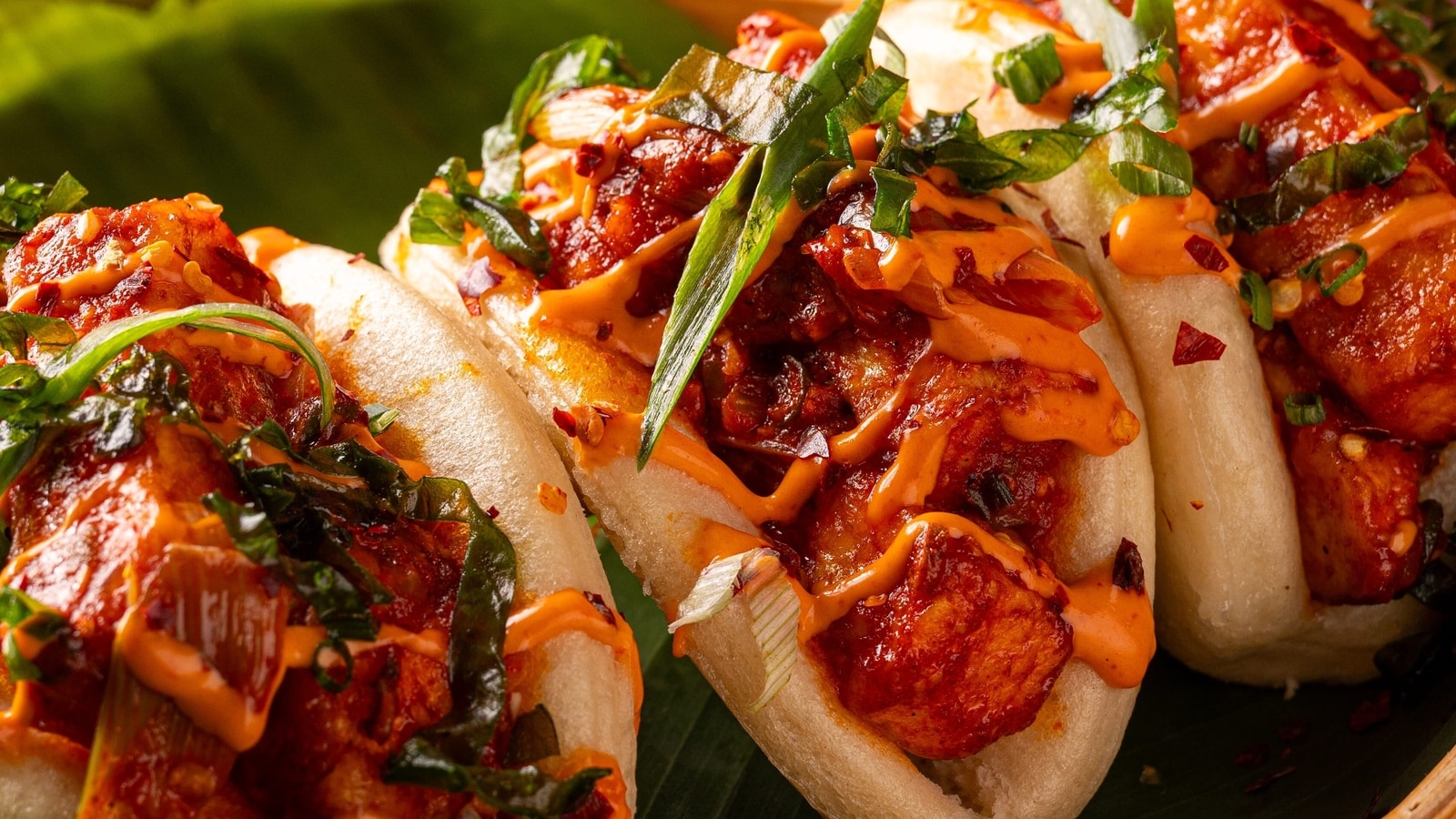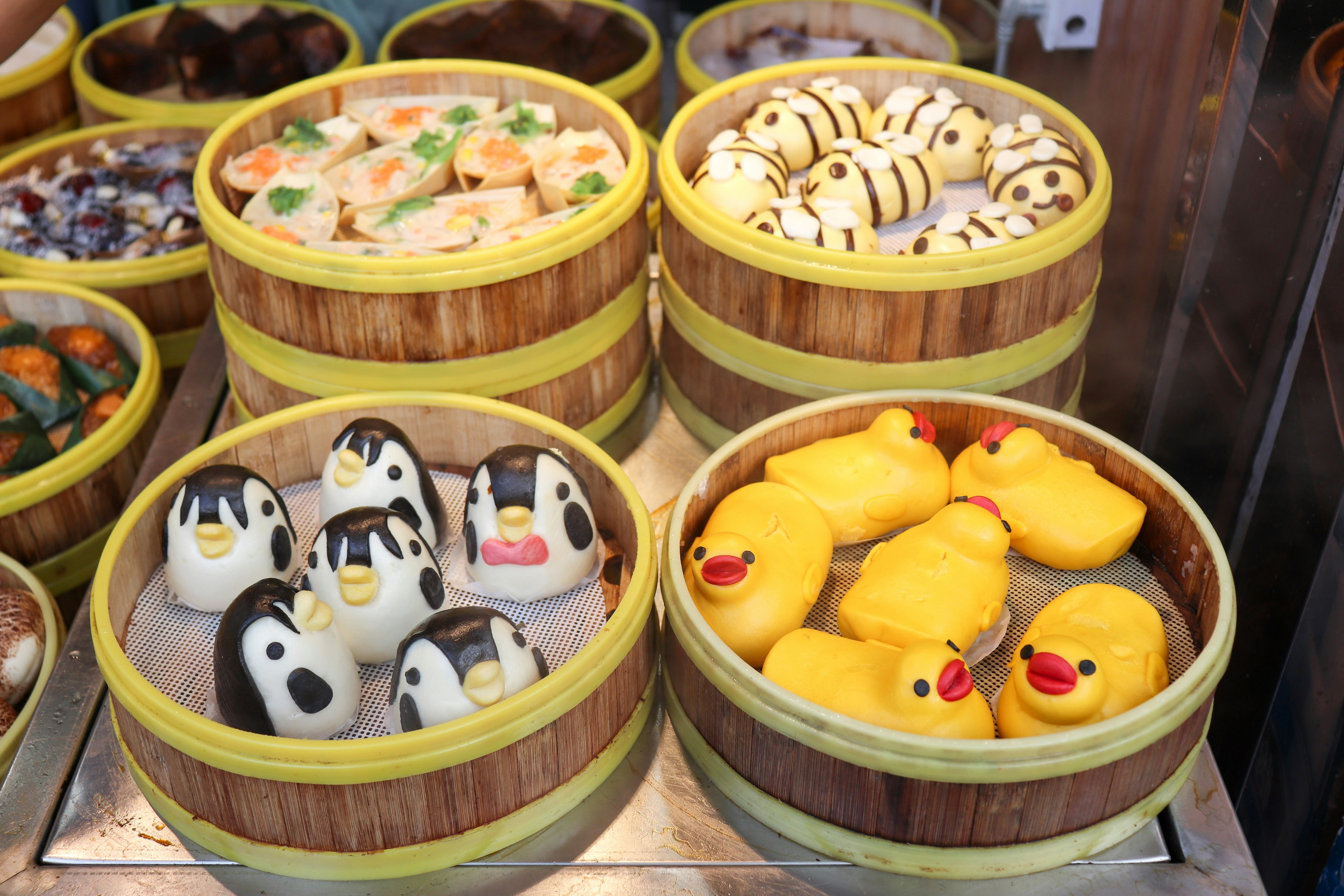
Soft, fluffy and stuffed with a delicious filling, baos have come to be a mainstay at any Chinese eatery. Also called baozi, these pillowy steamed buns originate from ancient China’s Three Kingdoms period (220-280 CE). The dough is made with flour, yeast, milk, sugar and a little oil, and traditionally stuffed with seasoned ground pork, Chinese sausage, quail eggs, pork belly, or even wood ear mushrooms, tofu, and mixed vegetables.

Wan Ming Li, Executive Chef, Bao To Me, calls them “fun and comforting”, and credits Indians’ love for this traditional Chinese appetiser to their “fluffy texture and their ability to carry a variety of flavorful fillings. They’re indulgent yet light enough to be enjoyed as a snack or a meal. It is a humble food, but it is crafted with a lot of care.”
Adding, Vinayak Patil, Head Chef of The Bigg Small Cafe + Bar, Mumbai, says, “The bao bun feels familiar — like our pav or kulcha, while the fillings are an explosion of global flavours. That’s why they connect so easily with diners.”
Indian restaurants are serving up the baos with traditional Chinese ingredients such as soy-glazed mushrooms, braised pork belly, Korean-style bulgogi beef, or spicy tofu. Chef Pema Takchung, Hunaaan from Bengaluru, says, “Indian flavours in baos have also become popular, and had fillings such as chicken tikka, butter chicken, paneer makhani, or spiced lamb keema. The bao acts as a soft, neutral canvas that pairs well with bold spices and rich gravies, making it ideal for fusion-style street food.”
In recent years, the open bao or gua bao has gained popularity. This is a folded, open-faced bun made with a refined flour dough, steamed until soft and pillowy, then filled with a variety of ingredients. Originally popular as a Taiwanese street food, open baos are now loved around the world, including in India.







